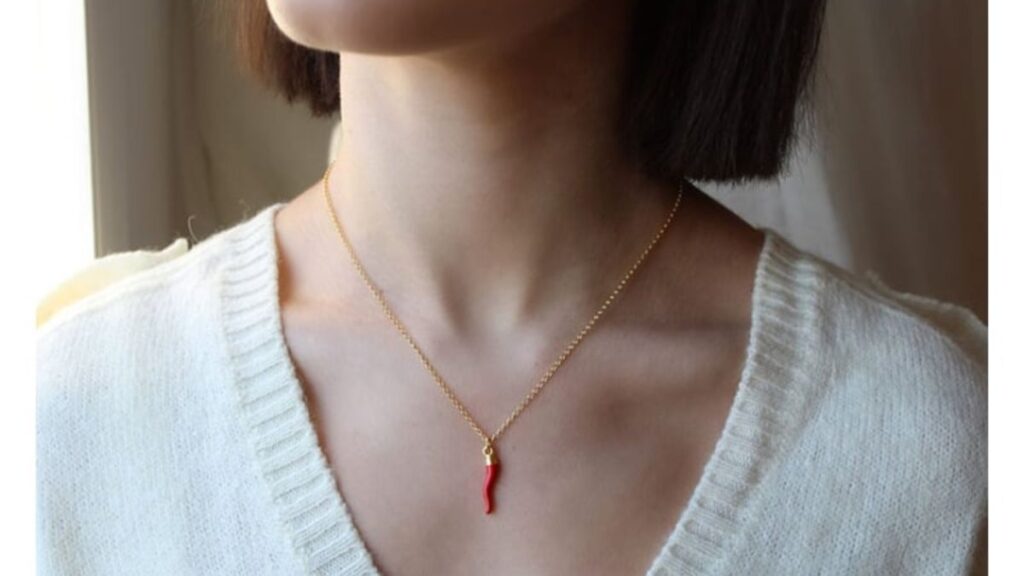Introduction to the Italian Horn
The Italian horn, or “corno,” has long captured the imagination of many. This iconic amulet, shaped like a twisted horn, is steeped in rich tradition and fascinating lore. From ancient superstitions to modern fashion statements, its allure transcends time and cultures. But what exactly makes this symbol so compelling? Let’s embark on a journey through art and literature to explore the Italian horn’s significance across history. Whether you’ve seen it gracing jewelry or adorning paintings, there’s much more than meets the eye when it comes to this enchanting emblem.
The Symbolism and History of the Italian Horn
The Italian horn, or corno, is rich in symbolism and history. Originating from Southern Italy, this amulet has long been associated with protection against negative energies and the evil eye.
Traditionally crafted from gold, silver, or red coral, its shape resembles a twisted horn. This design is not merely decorative; it signifies strength and resilience. Many believe it brings good luck to those who wear it.
Throughout history, the Italian horn has found its place in various cultures. It embodies a connection to ancient beliefs surrounding fertility and prosperity. The talisman was often gifted during significant life events like births or weddings.
This enduring symbol serves as a reminder of cultural heritage while transcending time. Its allure lies not only in its protective nature but also in the stories woven into every piece crafted across generations.
Depictions of the Italian Horn in Art
The Italian horn, or cornicello, has captivated artists for centuries. Its distinctive shape and vibrant color often draw the eye in various art forms.
In Renaissance paintings, it appears as a symbol of protection and good luck. Artists like Botticelli integrated it into works where fertility and fortune were central themes. The small charm not only added visual interest but also layered meaning within the composition.
Sculptors have also embraced the Italian horn’s iconic design. Marble carvings showcase its graceful curves, often accompanied by figures embodying strength or resilience. These pieces reflect cultural beliefs about warding off evil spirits.
Modern artists continue to explore this emblematic object through contemporary mediums. From street art to digital installations, the Italian horn’s significance evolves while maintaining its roots in tradition and folklore.
References to the Italian Horn in Literature
The Italian horn has woven its way into the fabric of literature, appearing in various forms throughout history. Poets and novelists often use it as a potent symbol of protection against malevolent forces.
In classic texts, the charm of the horn reflects themes of love and jealousy, where characters seek its power to ward off envy. This magical object signifies hope and resilience amidst adversity.
Modern authors have also embraced the Italian horn, using it to add depth to their narratives. It becomes a talisman for protagonists navigating tumultuous relationships or personal challenges.
From folklore-inspired tales to contemporary novels, each reference enriches our understanding of this iconic symbol. The Italian horn remains an enduring motif that sparks curiosity about its origins and significance across cultures.
Influence on Popular Culture
The Italian horn, or cornicello, has made its mark beyond traditional settings. Its vibrant presence is found in jewelry, fashion, and even tattoos. Many wear it as a talisman against the evil eye.
In films and music, the Italian horn often symbolizes protection and good fortune. Artists incorporate this motif to evoke cultural roots or express personal beliefs.
Social media platforms have also embraced the charm of the cornicello. Influencers showcase it in stylish outfits or home décor, connecting modern aesthetics with age-old traditions.
Merchandising has surged around this symbol. From keychains to high-end accessories, consumers are eager to adopt its meaning into their lives.
Even trendy restaurants feature decor inspired by the Italian horn, creating an ambiance that celebrates heritage while appealing to contemporary tastes.
Modern-day Use and Meaning of the Italian Horn
Today, the Italian horn remains a popular symbol of protection and good fortune. Often worn as jewelry or displayed in homes, it captures the imagination with its rich heritage.
Many people choose to wear an Italian horn pendant around their necks. It is believed to ward off negative energy and bring luck. This small charm has become a fashionable accessory, blending tradition with contemporary style.
In Italy and beyond, you’ll find the Italian horn adorning everything from keychains to wall art. These items serve not only as decorative pieces but also as conversation starters about culture and beliefs.
The significance of the Italian horn extends into social gatherings too. Giving someone an Italian horn can symbolize friendship or wish them well on new journeys. Its meanings continue to evolve while remaining deeply rooted in history and tradition.
Conclusion
The Italian horn, with its rich history and deep symbolism, continues to capture the imagination across various forms of expression. From ancient traditions to modern representations in art and literature, the charm of this iconic amulet remains vibrant.
Its allure extends beyond just a decorative piece; it embodies protection and good fortune for many. Whether showcased in classic paintings or mentioned in timeless literary works, the Italian horn serves as a testament to cultural resilience.
In today’s world, we see its influence reflected not only in jewelry but also in fashion and design trends. The Italian horn has transcended its origins while retaining its core meaning—an emblem of hope and positivity.
As new generations embrace this symbol, the journey of the Italian horn through time illustrates how deeply woven it is into our shared human experience. Its continuous evolution ensures that it will remain a beloved icon for years to come.






